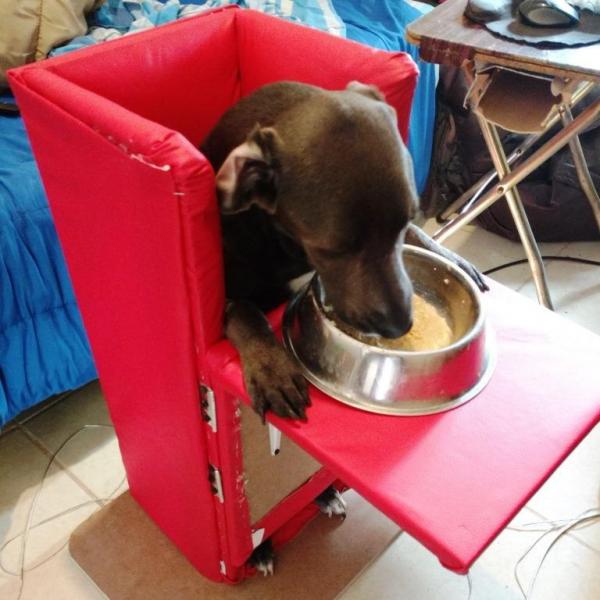
Taking care of a dog afflicted with the disease requires a truly dedicated owner, but if you fall into that category, it no longer has to be a death sentence for your furball
New Delhi, October 28, 2019: New Delhi, October 28, 2019: It is something you wish to God no dog had to go through. Not just the dogs, it’s miserable for the human companions, too, who need to struggle with their beloved furry friends so that food and water somehow make it down to their little stomachs. Normally the workings of the esophagus are not even something that you and I or your dog have to think about, as muscle movement in the esophagus is one of those automatic things that is carefully coordinated when we eat or drink. That way, food and liquid go right down to the stomach in less than a few seconds. But when the motility (muscle movement) in the esophagus is not working correctly, food and water don’t make it easily down to the stomach. Instead, they sit in the esophagus, usually for minutes but sometimes it can be for many hours. When the dog changes position, such as just jumping off the couch, the food or liquid comes out.
How it comes out is interesting; well, it’s interesting when it’s not on your carpet! We call it regurgitation, which is different from vomiting. Regurgitation is passive, meaning that the material comes out because of a shift in position, which sends the food/liquid sitting in the esophagus out through the mouth, surprising everyone. This differs from vomiting, which we know is coming because the brain coordinates it: first there is nausea (drooling, hanging of the head, licking the lips), then the abdominal contractions and the retching sound, then the material comes up. Most of the time, what you see your pets doing when they’re sick is vomiting; they retch first, then bring something up. Maybe one percent of the time what you’re actually seeing is regurgitating: it’s this passive ‘flying out of the mouth’ business with no retching first.
It makes a big difference to what we think about where the problem is, so be sure to tell your veterinarian if you see regurgitation and not vomiting so we can focus on the esophagus. Note that if you just find the puddle of vomit on the ground, you can’t tell how it was brought up. You have to see the dog vomit or regurgitate to know which is which, or you could hear the dog retching, and then you know that you’re hearing vomiting. When the esophagus has completely lost its motility (its ability to contract its muscles), it widens or dilates with air. We can see this on x-rays, and it’s called megaesophagus, which literally means “big esophagus.” Any dog can develop megaesophagus, but it’s more common in larger breeds.
There are no “one size fits all” solutions to feeding a dog with this issue. Your veterinarian can help you put together a feeding plan to fit your dog’s specific needs. Some dogs inherit a tendency to megaesophagus, while in others it’s a consequence of myasthenia gravis, a muscle weakness of the face and neck. Some puppies are born with vascular ring anomaly, a condition in which tissue rings limit the esophagus’ ability to expand. In this case, your vet can perform surgery to cut the rings. Some dogs may swallow a foreign object that scars the esophagus, causing development of megaesophagus.
In most canine cases, however, no cause is evident. Your vet diagnoses megaesophagus based on symptoms and X-rays. While there’s no cure if no cause is found, careful management can help your buddy continue to enjoy a good quality of life. Dogs suffering from megaesophagus regurgitate their food. You might confuse this with vomiting, but it’s not thesame. When dogs vomit, food comes up from the stomach, along with stomach juices. You’ll see the dog’s stomach contracting as he actively “throws up.” With regurgitation, the food never gets to the stomach, and it comes back looking pretty much the same as it did in the food bowl, albeit somewhat chewed. One of the great dangers of megaesophagus is food inhalation, followed by aspiration pneumonia, which is life-threatening. If your dog startscoughing constantly, runs a fever or has difficulty breathing, get him to the vet immediately.
-Exclusive story by Buddy Life Magazine
To read more, subscribe to Buddy Life!
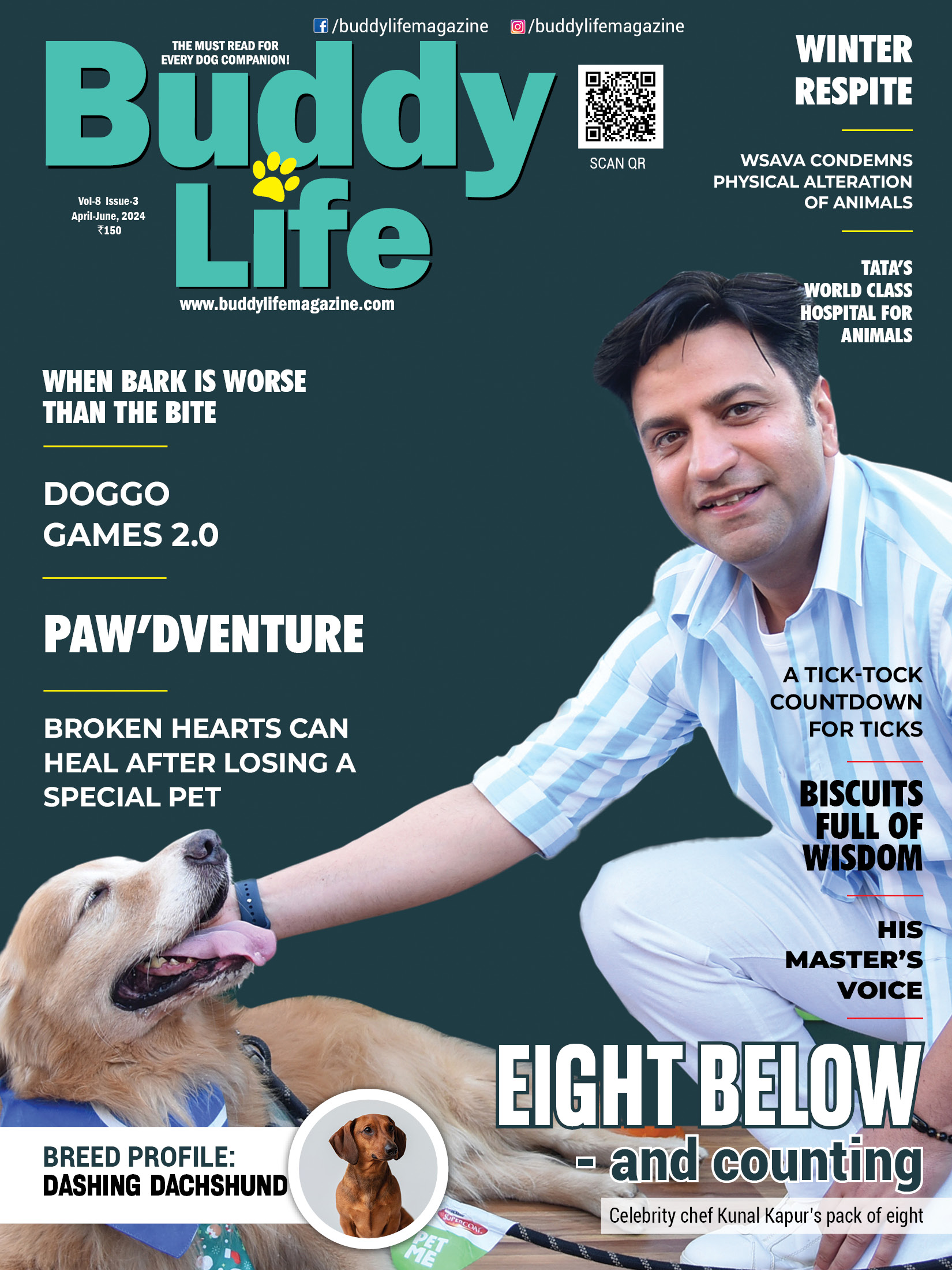




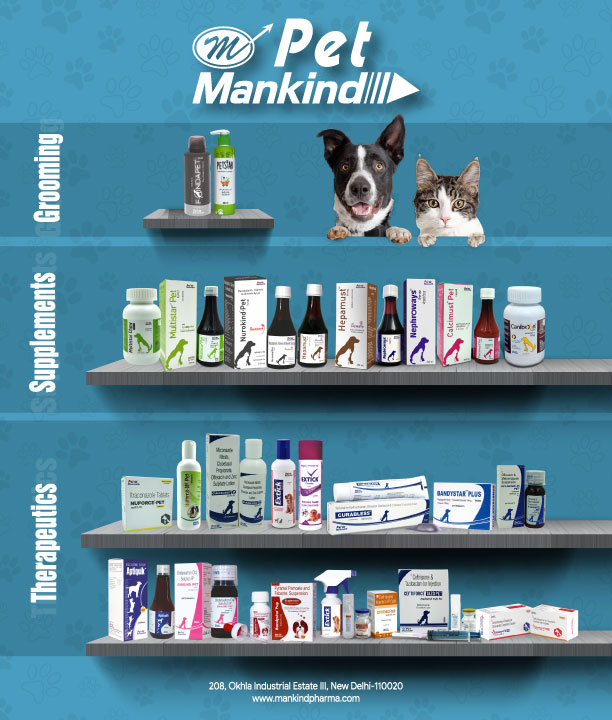

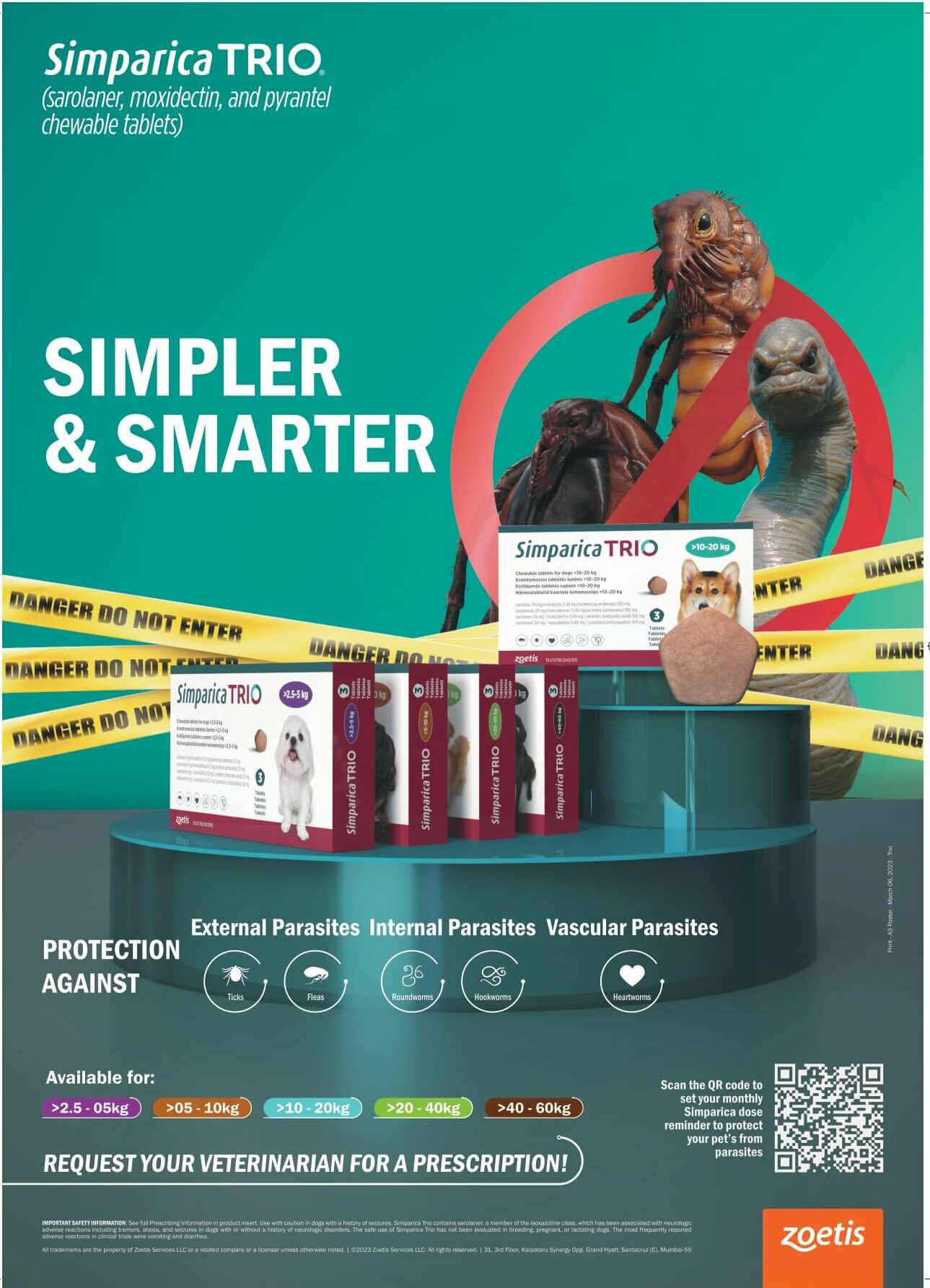
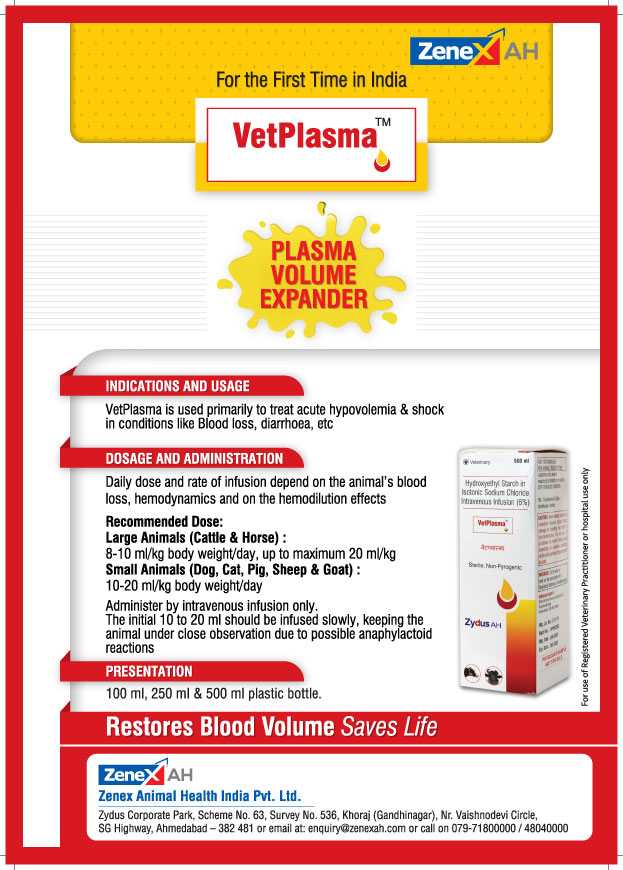

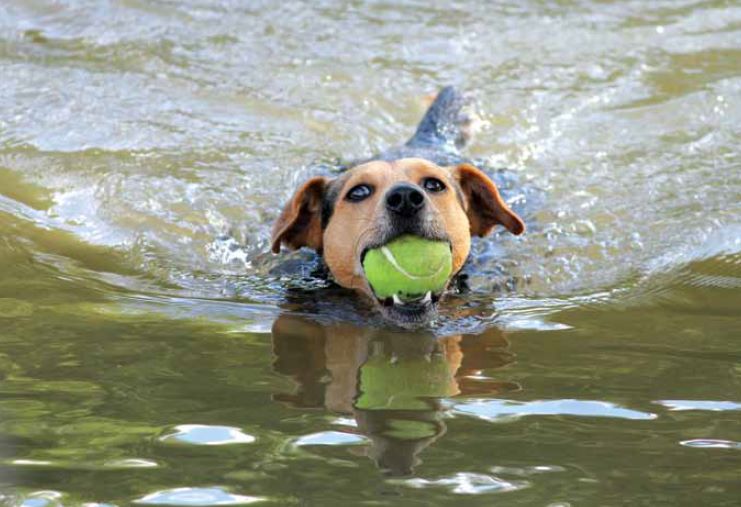 " >
" >
 " >
" >